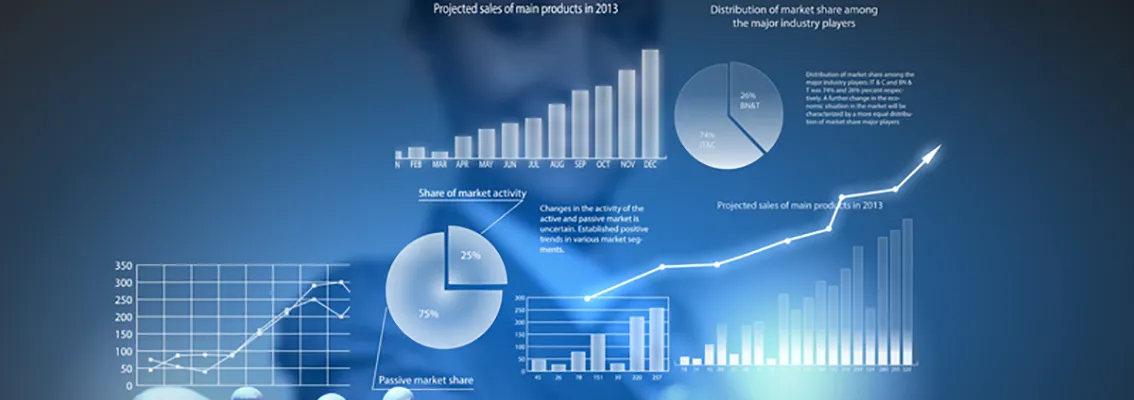Discover how applied data frameworks & advanced analytics solutions like EVOLVE Intelligence are critical to contextualizing data and improving outcomes for energy savings and clean energy programs.
As IoT, artificial intelligence, and cloud-based technologies accelerate digital transformation across the energy industry, smart meter (or AMI – Advance Metering Infrastructure) data will become a critical factor in propelling more detailed analyses of energy usage. Smart meters can provide insights around time-of-use, energy savings, emissions, and true cost of energy, but installing smart meters is only the first step in building impactful strategies and solutions. Utilities need a way to capture and combine multiple data streams into contextual, connected insights if energy efficiency is to evolve from just saving energy to adding value for their customers. In this article, I’ll demonstrate how integrating smart meter data streams can help identify similarities and differences in utility customers. I’ll describe how thoughtfully constructed analytical frameworks can add value by aligning both efficiency program and customer financial goals. And, I’ll illustrate how leveraging modern data analytics with the flexibility to navigate complex datasets is the key to successful outcomes for program implementation.
Energy Customers Are Not Monolithic
C&I (Commercial and Industrial) customers have diverse energy usage patterns, operating environments, and goals – even within the same industry and geography. Furthermore, with C&I customers, there are always tradeoffs between energy usage, energy savings, and financial goals. Understanding these tradeoffs depends upon having contextual data and relevant derived metrics.
To help drive more valuable savings for utility customers, we developed AMI Insights as part of our EVOLVE Intelligence Suite, a tool that allows implementers to explore high-resolution AMI data. We built AMI Insights around a framework that answers questions about how and when utility customers are using energy, questions that can help to distinguish otherwise similar customers. Figure 1 highlights two customers within the same manufacturing industry and similar annual usage but with dramatically different load factors, a metric used to compare actual energy usage to peak demand. Although both customers appear similar when comparing by industry or annual usage, integrating metrics like load factor into the analytical framework helps to identify the differences in energy usage.
Going one step further, we can use another metric, load duration, to dive into the energy usage differences for those customers in an easy-to-understand fashion, shown in Figures 2 and 3. Customer A uses energy more “efficiently”, or more often near their peak demand value, than Customer B. For these two customers, there can be very different investment tradeoffs when considering energy efficiency technology recommendations.
With this data, outreach staff now have the ability to initiate an informed dialogue with customers to identify a path that aligns program goals with customer goals. For Customer A, that may mean reducing energy usage for a process load which frees up capital to add a third shift. For Customer B, that may mean reducing peak demand and lowering operating costs. Connecting traditional customer data to advanced analytics provides utility customers more value than just energy savings and delivers relevant and actionable insights from complex data.
Applying Analytical Frameworks for Energy Data Analysis
As seen in the example above, answering seemingly simple questions such as “How can a utility customer save energy?” requires more than a simple review of smart meter data. Additional questions should be considered, such as: How does the customer typically use energy during a specific time period? What does typical energy use mean in this context? Is energy usage different during other time periods? How does it compare to other, similar utility customers? What is a useful comparison metric? Does this customer have other goals, such as reducing GHG emissions? Arriving at an insightful answer can be far more complicated than simply presenting the information available.
Integrating technical and theoretical knowledge and communicating results clearly empowers utilities to participate in the exploration of their own customer data. Utilizing a well thought out applied analytical framework provides a way to contextualize questions about complex data that facilitates and guides users towards answers. This framework assembles technical research, data organization, and models to provide a path toward a more complete answer to complex questions, and perhaps more importantly, towards actions. Ideally, this tool flexible enough to answer any question while providing the required depth without being cumbersome to the user.
Transforming Data Into Outcomes
At DNV, we built EVOLVE Intelligence as a powerful tool that leverages our applied analytical framework to deliver data that answers the kinds of contextual questions posed above. Enhanced by machine learning, EVOLVE Intelligence can surface insights that helps utilities increase the accuracy of planning, forecasting, and targeting—and help utility customers make informed decisions that align with their goals, whether saving energy or accelerating clean energy initiatives. EVOLVE Intelligence empowers utilities implementation teams to identify intersections between customer goals, program goals, and technology recommendations to provide a clear path to a successful outcome.
As energy providers continue to drive clean energy initiatives, data is just the beginning. For utilities to tailor recommendations for their customers, and turn those recommendations into actions, they need the ability to navigate complex data sets with ease. Visit the EVOLVE Digital Suite landing page to learn more about EVOLVE Intelligence and the full suite of solutions designed specifically for the energy industry. You can also contact us directly or follow us on LinkedIn and Twitter.
